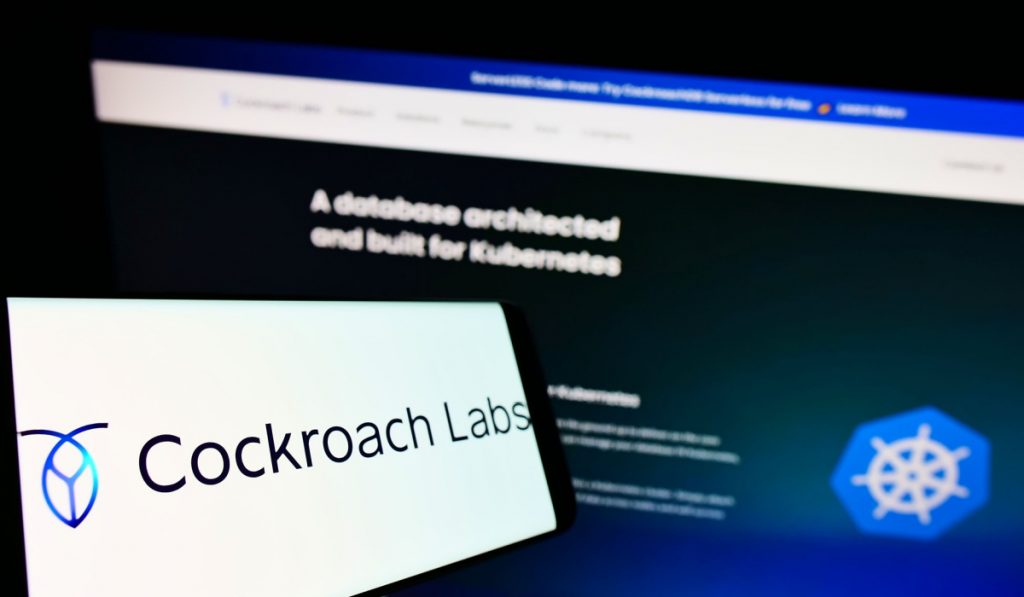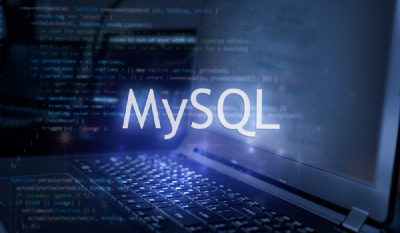Highlights –
- According to Cockroach Labs, it can keep running even in the event of major technical failures that force a whole data center to go offline, owing to its cloud-native features.
- A new Intelligent Insights function is also available, according to Cockroach Labs, and it can enable actionable fixes for users with only one click.
Cockroach Labs Inc., the company behind the well-known, dependable CockroachDB database, unveiled a number of new capabilities for its platform that it claims will increase developer productivity and efficiency.
Additionally, the upgrades should make it easier for teams to migrate from legacy systems to CockroachDB and simplify the architecture of applications that are data intensive. CockroachDB is aptly called as a Structured Query Language database and is well known for its strong resiliency. Cockroach Labs claims that because of its cloud-native features, it can continue to function even in serious technical failures that shut down an entire data center.
The distributed architecture of CockroachDB is the secret to this remarkable resilience. Instead of a single centralized operation, the deployments consist of numerous small database instances. To prevent any disruption, the instances are dispersed over multiple geographical regions.
As a result, user requests are sent to another instance if one goes offline for any reason. Multi-active availability, another addition by CockroachDB, helps avoid data accuracy issues that could arise when a malfunctioning database instance is fixed and reconnected to the remainder of the deployment.
CockroachDB is also compatible with Kubernetes, the open-source tool used to manage contemporary, container-based apps that can operate on any platform.
User-Defined Functions, which the firm claims was eagerly desired by its user base, is the main feature in the CockroachDB 22.2 release. UDFs make it easier to migrate from legacy systems and extends CockroachDB’s PostgreSQL compatibility, allowing more enterprises to move their existing workloads to the platform and modernize them.
Additionally, “Distributed Functions” are brand-new functionalities powered by CockroachDB’s UDFs. They claim to provide support for distributed and horizontally scalable applications and ensure compatibility with common PostgreSQL functions.
About its migration capabilities, CockroachDB’s schema conversion tools now enable the straightforward transfer of workloads from PostgreSQL, Oracle Corp., MySQL, and SQL databases. Users only need to use a REST application programming interface to connect an app running on one of the legacy databases to CockroachDB; the database will take care of the rest.
The increased capability of CockroachDB to transfer data more effectively to other systems is another beneficial addition. Developers can streamline event-driven applications and data analytics pipelines by using Change Data Capture Transformations to precisely extract the specific data they require from CockroachDB, transform it beforehand, and then stream it to other systems.
A new Intelligent Insights function is also available, according to Cockroach Labs, and it can enable actionable fixes for users with only one click. In other words, users can fix issues and enhance CockroachDB’s performance without the need for downtime or specialized knowledge.
Doris Hung, Tech Lead Manager at Panasonic Corp. subsidiary Yohana LLC, remarked, “The data from Intelligent Insights quickly exposed several unused indexes without our workload that had high maintenance overheads. We were able to quickly drop those indexes to improve write performance by 40% for some of our critical tables and save hours of unnecessary engineering time.”
Finally, users now have the option to improve performance by designating which secondary region their data will fail over in the event of a cloud region outage. The company stated the new features include an easy way to test and validate backups and make data restoration more manageable.














